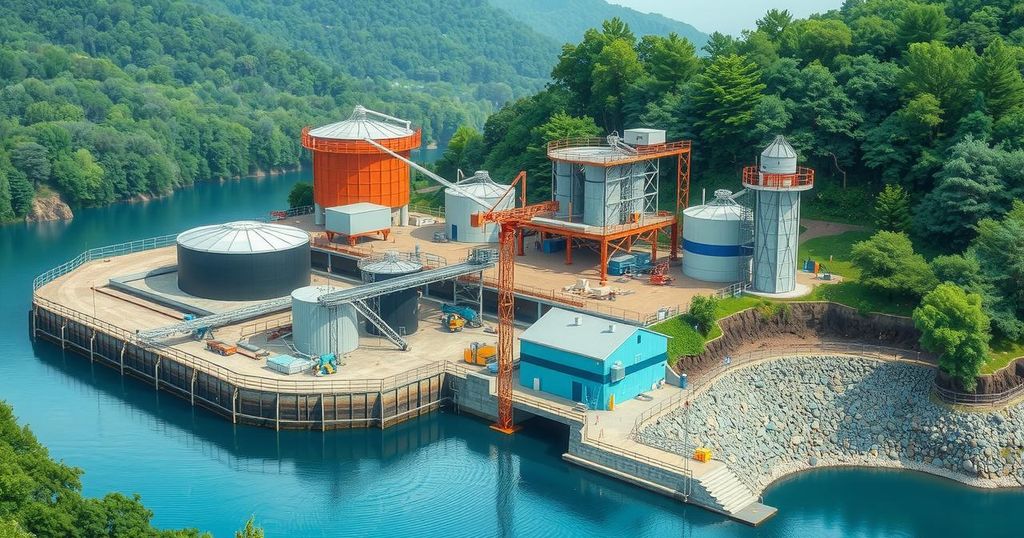Anacortes, WA, has reconstructed its water treatment plant in response to flooding and climate change risks, increasing capacity and integrating protective measures. The project cost estimated at $56 million incorporates several strategic designs to mitigate vulnerabilities. By using EPA tools, the city aims to ensure resilience against future climate scenarios and serve its population effectively.
The city of Anacortes, Washington, has undertaken a significant rebuild of its water treatment plant due to vulnerability from flooding and climate challenges. Serving 56,000 residents, the plant, situated along the Skagit River, was updated from a capacity of 21.4 million gallons per day to 31.5 million gallons per day. Although moving the facility out of the floodplain was considered in 2008, the high expenses led to a decision to upgrade the existing site while incorporating climate adaptation strategies.
To assess the vulnerability of the water treatment plant, Anacortes officials collaborated with non-profit organizations to utilize the best available climate science. Key climate risks considered included frequent and severe storms, saltwater intrusion, and elevated sedimentation levels. Future climate projections through the 2080s indicated a significant expansion of the 100-year floodplain, coupled with a projected 350% increase in winter suspended sediment loads and the upstream migration of saltwater wedges due to rising sea levels.
In reconstructing the plant, officials prioritized flood protection by implementing several critical design strategies. These included minimizing structural penetration below the current 100-year flood elevation, elevating essential electrical equipment, applying waterproofing techniques for structures under a 40-foot elevation, and designing ring dikes to provide additional flood protection. This rebuild, costing an estimated $56 million, aims to adequately meet increased service demands and adapt to anticipated climatic changes.
The project utilized various tools provided by the EPA to guide its planning. The Coastal Inundation Toolkit aids in understanding facility vulnerabilities related to sea level rise and storm surge effects. Additionally, the Creating Resilient Water Utilities Adaptation Strategies Guide offers utilities an array of low-cost adaptation strategies for incorporation within design plans. The Climate Resilience Evaluation and Awareness Tool (CREAT) enables utilities to perform both risk-based and scenario-based assessments, highlighting areas needing further research.
For communities interested in similar climate resilience initiatives, case studies such as Manchester-by-the-Sea, which analyzed sea level rise impacts, and Iowa City, which closed a vulnerable facility, are valuable references. Washington, D.C. has implemented multiple strategies to lessen flooding threats, employing green infrastructure to manage stormwater and mitigate combined sewer overflows.
Anacortes, Washington’s approach to rebuilding its water treatment plant emphasizes the importance of adapting infrastructure to mitigate climate change risks. By prioritizing flood protection strategies and employing EPA resources, the city aims to enhance resilience against future climate impacts. Similar initiatives in other communities highlight the necessity of proactive measures in water utility management for climate adaptation.
Original Source: www.epa.gov






